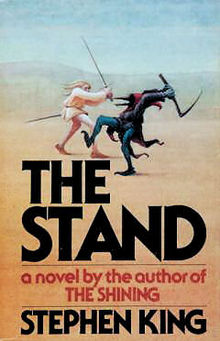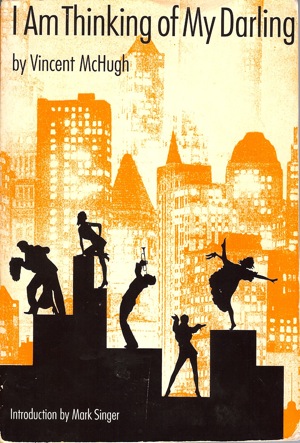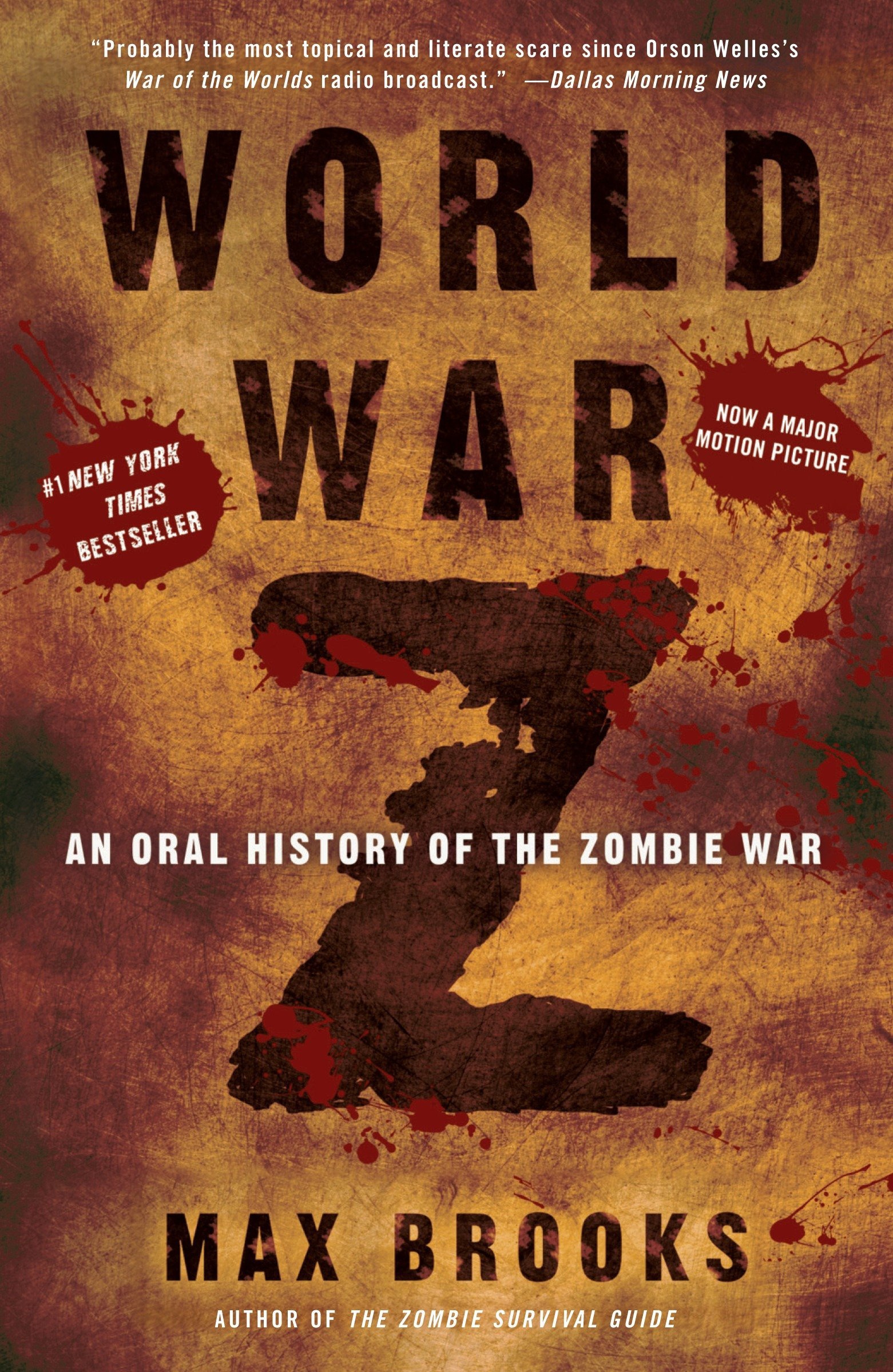When I was in fifth grade, my parents decided they’d had enough of me sitting around the house all summer, so they packed me off for a couple weeks at the Phantom Lake YMCA camp, on a scenic lake in Southeastern Wisconsin. I didn’t exactly see the point of it, since we actually lived on a scenic lake in Southeastern Wisconsin, but off I went.
Almost immediately I landed myself in the camp’s infirmary with a hideous sunburn I picked up on a 26-mile canoe trip I’d undertaken shirtless. A bad idea for a redhead, it turns out. The nurse insisted I spend three days in the sick cabin, then left me alone with a shelf full of books and told me to take my pick. This being 1975, one of the items on offer for a 12-year old was Richard Matheson’s gruesome masterpiece of vampiric contagion, I Am Legend.
I Am Legend tops my list of seven essential contagion novels not just for the tender age at which I read it—and how many of my still-forming mental synapses were created or closed off by its horrors—but because of the genius of its simplicity. Vampirism is a communicable disease. The sharp edges of that premise cut clean; it’s an idea at once groundbreaking and obvious. Of COURSE this book had to exist. Written in 1954, it was in the middle of Matheson’s legendary streak of compelling fantasy work, a run that included The Shrinking Man (1956), A Stir of Echoes (1958), and most of the best Twilight Zones. Yowza! Interesting side note—I Am Legend has been made into a movie four times, but never once has a filmmaker had the nerve to shoot the chills-down-your-back, everything-is-clear-now ending of the book. Still one of the darkest and most beautiful closing passages I’ve ever read.

The Andromeda Strain, by Michael Crichton (1969)
The Andromeda Strain (1969) is an early piece of Michael Crichton brilliance that saw a lethal, highly aggressive microbe return from space and wreak havoc. The government, as it so often does, tries to harvest the microbe for warfare rather than protect us from it. Terrible choice. Part of the fun of Crichton’s approach is the “No, this actually happened!” nature of the writing, as the book reveals its story in supposedly classified government documents. Boy, did he get the science right—his research is impeccable.

Earth Abides, by George Stewart (1949)
The late 40s and 1950s were a golden age for science fiction writing, and much of it focused on the horrors that awaited us. Some of those horrors seem quaint by today’s realities, but Earth Abides focused on the aftermath of the civilization-ending plague and laid out a prophetic vision of what a post-civilized society might look like. It has more in common with some of H.G. Wells’ “social sci-fi” than what we might consider traditional horror, but it is a wonderment of speculation.

The Stand, by Stephen King (1978)
The Stand goes dead center in the middle of the list, because it is the star around which so much of modern horror fiction revolves. Stephen King published this fundamental work in 1978, and it pulls together several familiar strains of contagion fiction—an outbreak caused by military tinkering, a post-civilized world re-ordering, and a wide cast of characters united by cataclysm—but in a manner so original, masterly and riveting that its eight hundred twenty-three pages fly by. You haven’t read body horror if you haven’t read The Stand.

I Am Thinking of My Darling, by Vincent McHugh (1943)
I Am Thinking of My Darling, by Vincent McHugh, was published in 1943 and doesn’t have a whiff of horror in it. Still a contagion story, McHugh had the utterly delightful idea to ask, “What if we all get infected and it’s a GOOD thing?” The story is a madcap romp across a Manhattan that has been transformed by an airborne virus that causes us to lose inhibitions, fears, and all sense of personal responsibility. The tale McHugh spins out of this dreamy scenario is one of love, lust, and silliness, all with the cool sparkle of a cold gin martini.

World War Z, by Max Brooks (2006)
World War Z, by Max Brooks, is a book I somehow missed for a decade before picking it up and finding it inventive and terrifying. Its episodic nature, which is what led me to avoid it for so long, overcame my anticipation of narrative slackness with an insanely simple structure – beginning, middle, end. Infection, pandemic, containment. Within that rock-solid framework, Brooks is free to wander at will, telling the stories of a wide variety of characters and delving with fascination into the political structures of each of the countries he visits. A great work of serious imagination. Plus zombies.

The Cat in the Hat, by Dr. Seuss (1957)
The Cat in the Hat, by Dr. Seuss, is the most terrifying book I’ve ever read. Aside from the obvious—two six-year-olds, left in the house ALONE all day?!—and the home invasion themes, it’s a brutal infection metaphor. The cat corrupts the host, destroys the body from within, and even releases two rapacious freaks (Thing One and Thing Two—so horrifying he couldn’t even NAME them) to consume and destroy whatever he cannot. That the Cat ends up saving the day and fixing it all up is unconvincing and beside the point, that’s just to sell a few books. We all know what Seuss really meant—we’re all gonna die, and nowhere is safe. Not even home.

















